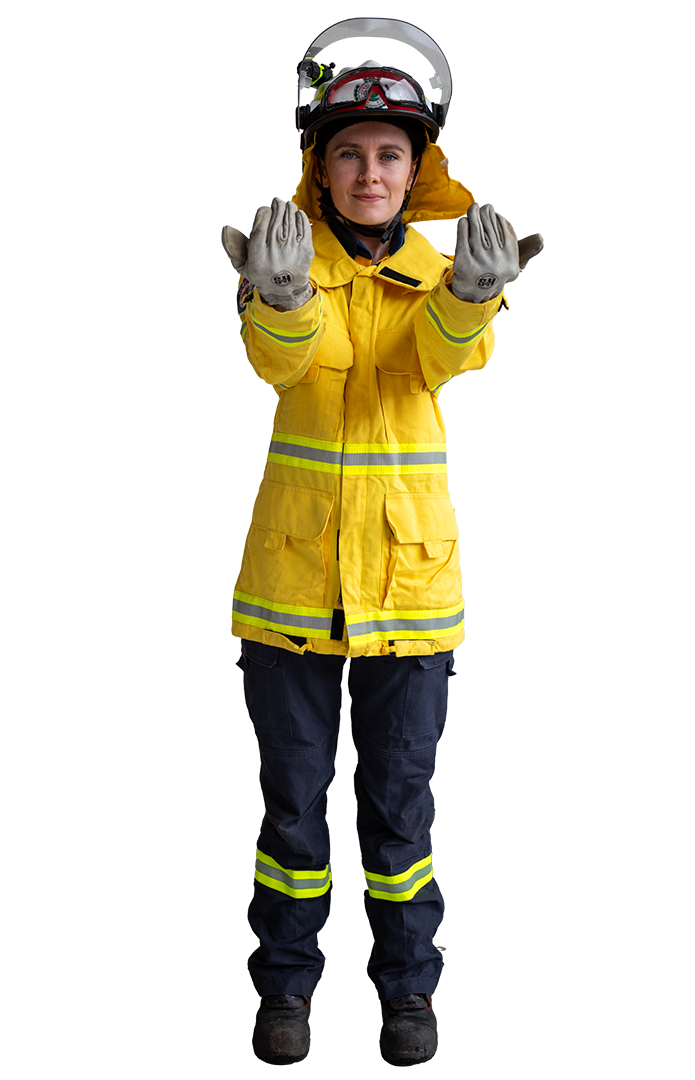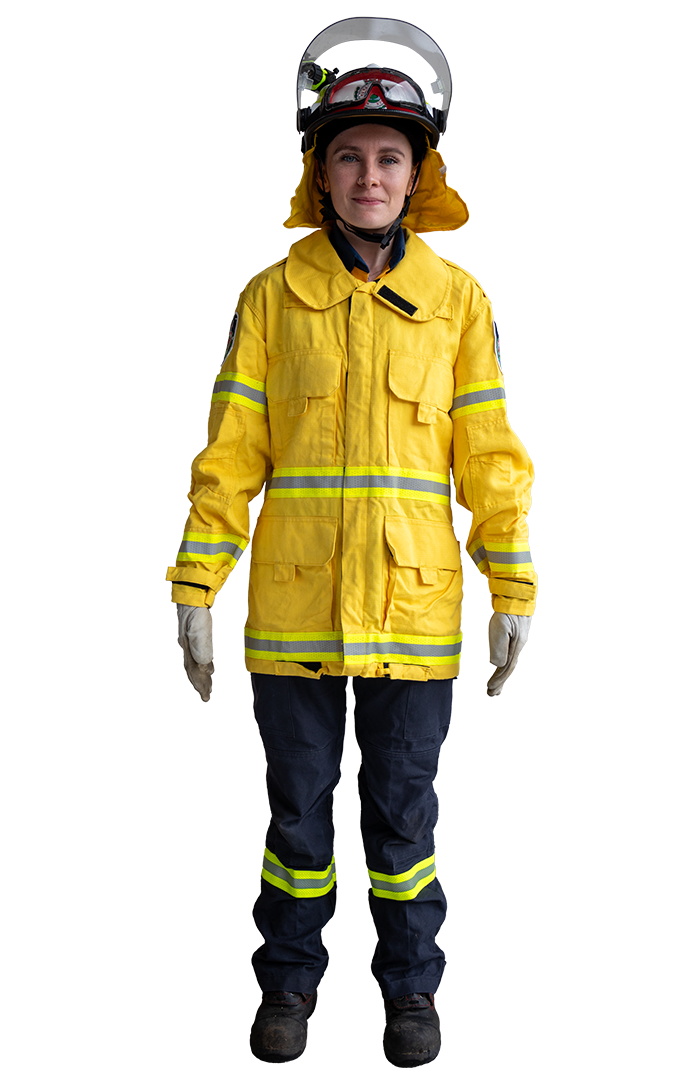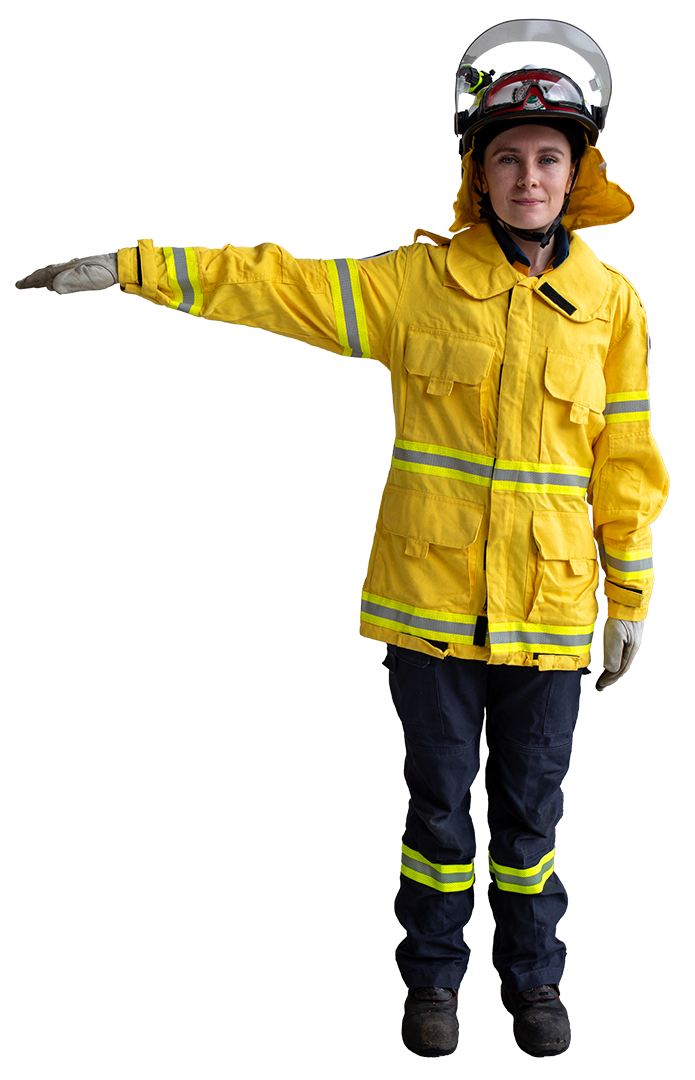Guiding Vehicles
Reference
Scope
This Operational Guideline references the considerations for members responsible for providing guidance to NSW Rural Fire Service (RFS) vehicles during RFS activities.
Fundamental Protocols underpin the actions of all RFS members and must be adhered to at all times. They outline the Principles of being an RFS member and provide guidance on conduct to support the safety and wellbeing of members.
Guiding Principles
- When manoeuvring RFS appliances and vehicles, drivers must use another member as a guide to assist unless it is not practical to do so. If no guide is available, the driver is to dismount and physically check the proposed path and around the vehicle prior to manoeuvring.
- The driver must only take directions from the nominated guide.
- Directions may be given from the front or rear of the vehicle.
- The guide always faces the driver.
- If the guide is to the rear of the vehicle, the driver uses the mirrors.
- The guide must be in the driver’s field of vision at all times whilst the vehicle is in motion.
- If the guide is not in view OR the driver is unsure of a signal, the driver must STOP.
- The driver should drive at a slow constant speed.
- The driver should turn the steering wheel at a slow, constant speed.
- This OPG should be read in conjunction with RFS OPG - Safe Driving.
Special Considerations
Hand Signals for Guiding Vehicles
"Stop" Both arms extended towards the vehicle with hands up and palms towards the vehicle. | “Move towards me” Both arms raised towards the vehicle, with hands up and palms away from the vehicle. Arms moving in a beckoning motion. Both arms raised towards the vehicle, with hands up and palms away from the vehicle. Arms moving in a beckoning motion.
| “Move away from me” Both arms raised towards the vehicle, with hands down and palms away from the vehicle. Arms moving in a brushing ‘go away’ motion. Both arms raised towards the vehicle, with hands down and palms away from the vehicle. Arms moving in a brushing ‘go away’ motion.
|
“Hold existing lock” Both arms down beside the body. The driver stops turning the steering wheel but maintains existing lock. Both arms down beside the body. The driver stops turning the steering wheel but maintains existing lock.
| “Turn in this direction” (right) The guide raises an arm extended horizontally to the side, level with the shoulder. The driver turns
the steering wheel in the direction of the guide’s raised arm. The driver continues to turn the steering wheel at a constant speed until the raised arm is dropped to the side. When viewed from the cabin or in the mirrors, the driver will turn the steering wheel in the direction the person appears to
be pointing. The guide raises an arm extended horizontally to the side, level with the shoulder. The driver turns
the steering wheel in the direction of the guide’s raised arm. The driver continues to turn the steering wheel at a constant speed until the raised arm is dropped to the side. When viewed from the cabin or in the mirrors, the driver will turn the steering wheel in the direction the person appears to
be pointing.
| “Turn in this direction” (left) |
Related Information
Content Owner: State Operations
Date Approved: 19 Aug 2025
Review Required: 19 Aug 2028
Version: 1.0
If you have any questions or feedback on Operational Doctrine, please email Ops.Performance@rfs.nsw.gov.au.



